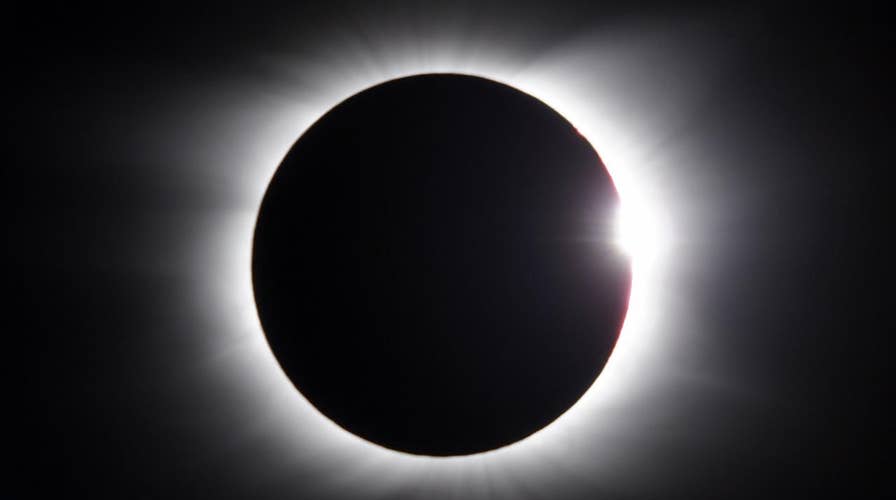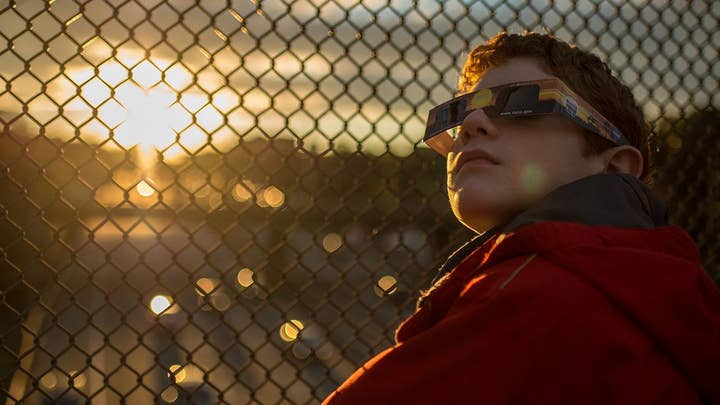Best ways to safely view the solar eclipse
The Carnegie Science Center says looking up without the proper safety precautions can hurt you
February 26, 1979. I was 8-years-old and remember being both terrified and intrigued about something that was being talked about everywhere. From the schoolyard to the grocery store, on the front covers of newspapers, magazines and leading the coverage on TV.
This wasn’t a storyline out of a science fiction movie or novel, this was real, and happening here on Earth.
Millions of people were going to witness something that maybe happens a couple of times in our lifetime: A total solar eclipse.
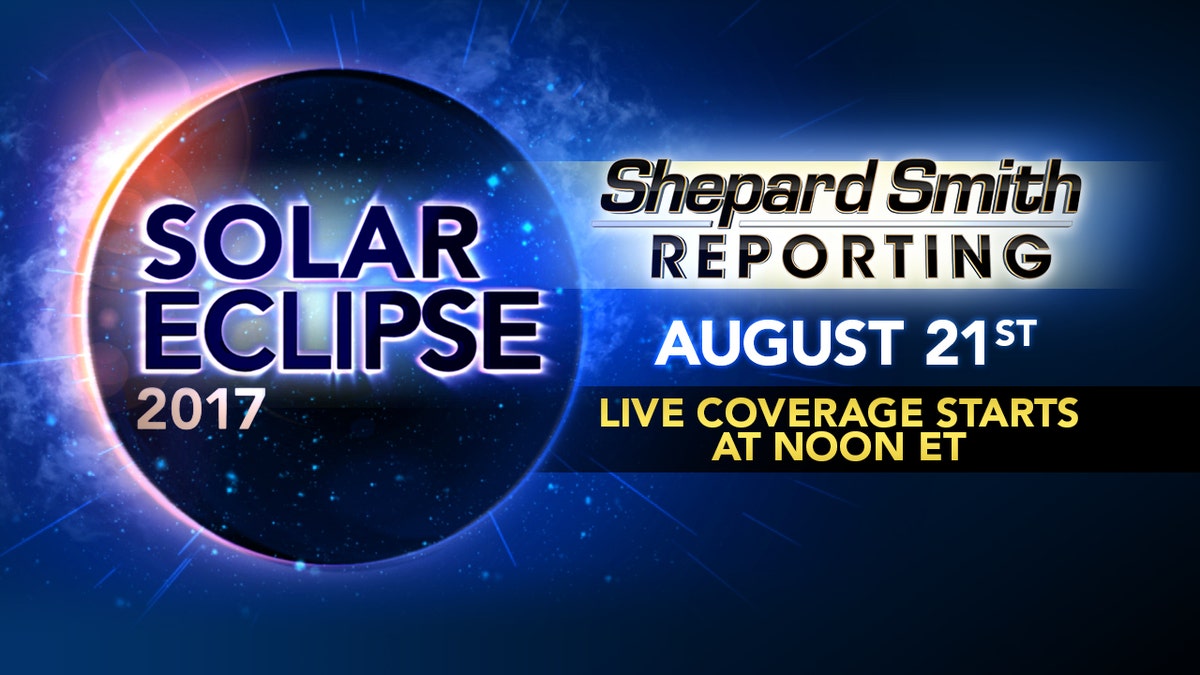
Our teachers were planning lessons about this incredible celestial event. Chalkboard diagrams, planetary mobiles and handmade viewing devices were being created out of shoe boxes. We were all being prepped for the event of the year.

I remember a TV show in Canada on the day of the TOTAL SOLAR ECLIPSE where the intro was the theme from the movie "2001: A Space Odyssey."
A meteorologist was talking about the weather and mentioned wind direction and whether or not our view would be obscured by cloud cover. They also had a rooster on set to see if after the eclipse happened would the rooster crow because he was confused that morning had come again?
I can’t remember if the rooster cock-a-doodle-doo’d but I do remember hearing the phrase that scared the you-know- what out of me:
“DON’T LOOK DIRECTLY AT THE SUN DURING A SOLAR ECLIPSE. ANYTIME. YOU WILL GO BLIND!”
The advertising worked. I was terrified, but my curiosity was eclipsing my fear.
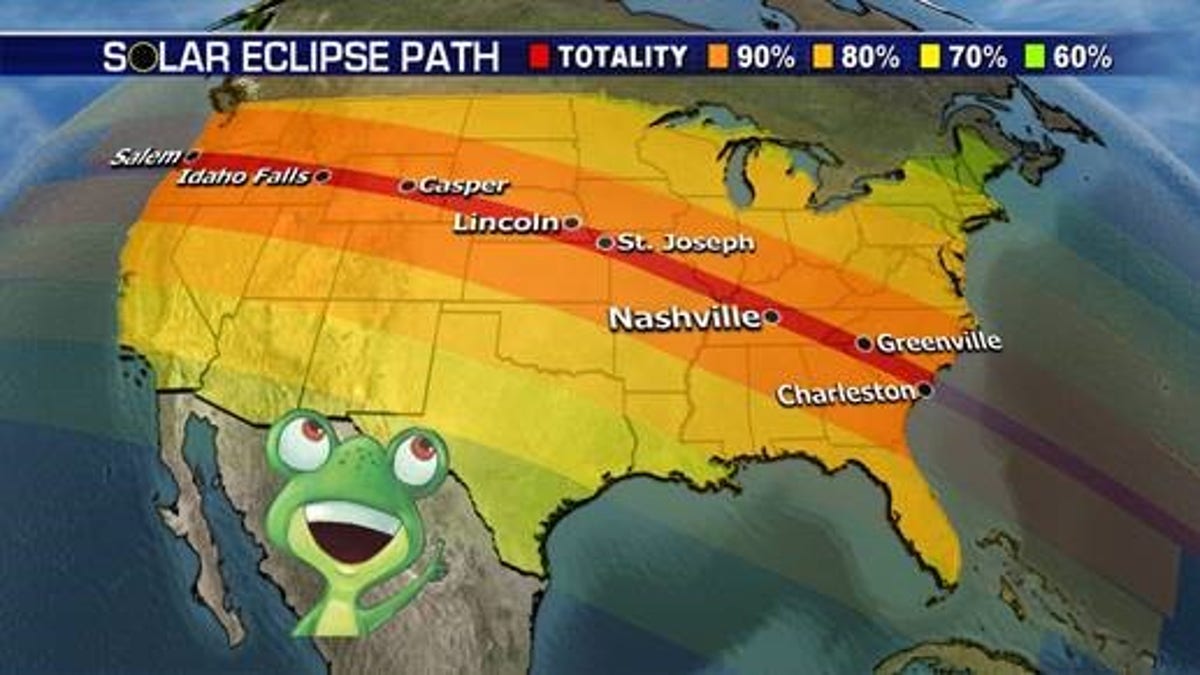
The basic story behind the solar eclipse is simple: The moon as it orbits around the earth passes in front of the sun every now and then.
When that happens, the sun’s light is temporarily blocked and the result is a solar eclipse. If the sun is completely covered, that is a total eclipse.
Because the moon's orbit is tilted, this type of event only happens a few times a year, and most times the alignment is not exact, so many eclipses are just partial and only seen in remote areas across the world.
Back in 1979, the central shadow of the moon passed through several U.S. states and a few Canadian provinces including Ontario, which is where I am from. We were going to be part of solar eclipse history!
Thirty-eight years later, the Earth, sun and moon are aligning once again, but this time many more people will be experiencing this total solar eclipse. On August 21st the U.S will experience its first coast-to-coast total solar eclipse in 99 years.
My 8-year-old self is still a little nervous. My 47-year-old self is incredibly excited.
I’m going to be travelling to Greenville, South Carolina, to broadcast live for "Fox & Friends" the morning of the eclipse, Monday, August 21st. Greenville is one of the lucky cities along the path of totality.
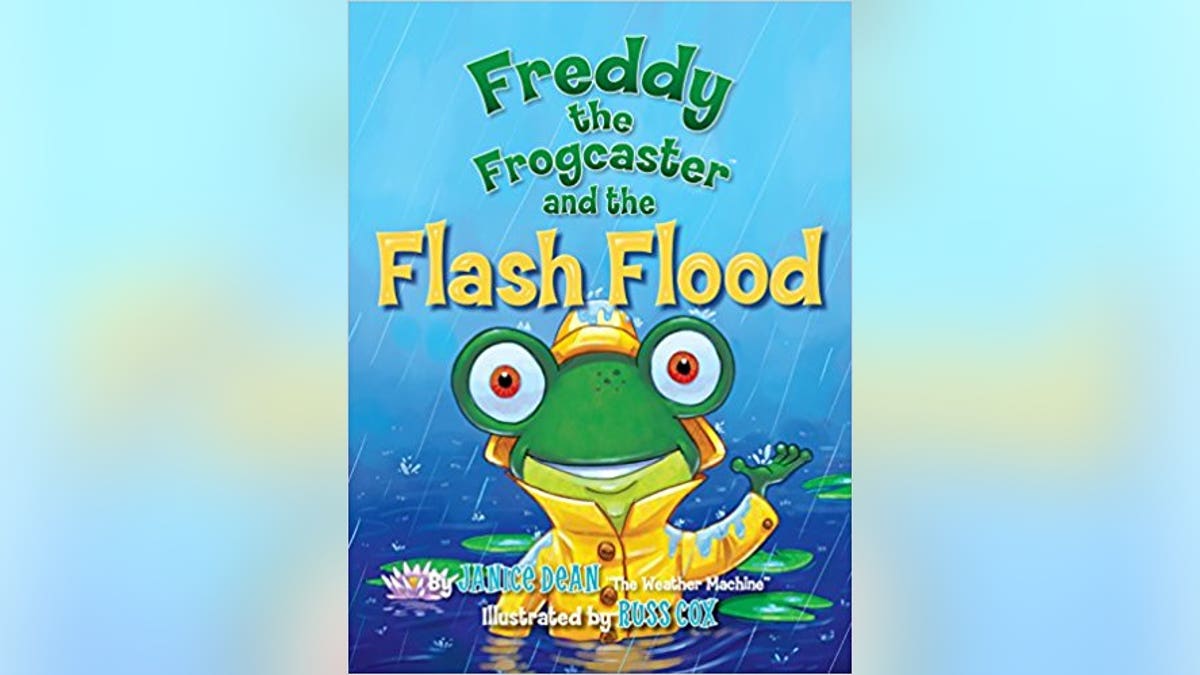
Everyone across the U.S. will at least see a partial eclipse, but those living along the “red line” will see a TOTAL ECLIPSE that could last up to 2 minutes and 40 seconds in some places.
The one thing that could hinder this experience is cloud cover, so be prepared for the possible disappointment from your local meteorologist.
The path of totality will be 60-70 miles wide and some of the biggest cities in the path include Nashville, Tennessee; Columbia and Charleston, South Carolina; Salem, Oregon; Casper, Wyoming; and Kansas City, Missouri.
The eclipse will last the longest in Carbondale, Illinois.
So, back to the safety of watching the solar eclipse – and the “YOU COULD GO BLIND” warning I have seared in my memory from when I was eight.
Ophthalmologists are saying this is a big deal. In this event where hundreds of millions of people are going to be exposed, children are at the highest risk.
Staring at the sun on a regular basis is an uncomfortable thing to do—but during an eclipse where the sun is almost covered, we’re more apt to try to look at the sun because it’s not as bright, and our protective reflexes like blinking and pupil contraction are less likely to kick in.
Our eyes are like powerful magnifying glasses and if you stare at the sun, you focus all the energy of that light onto your retina – the light-sensitive tissue in the back of your eye. You won't feel it because the retina doesn’t have pain fibers, but the damage can happen in just a few seconds. There have been reports of people becoming legally blind in at least one eye after watching eclipses.
Regular sunglasses will not help. There are special purpose solar filters like mylar that could decrease the amount of light into the eye, but you have to look for glasses that meet the ISO 12312-2 international standards.
Be very careful ordering these online as Amazon has issued recalls to customers that may have not come from recommended manufacturers.
An alternative for safe viewing is through a pinhole projector (I remember making one of these in school). With this method, sunlight streams through the small hole onto a makeshift screen such as a piece of paper on the ground.
And because I not only love doing weather on TV, but also educating kids about weather and science with help from my "Freddy the Frogcaster" children's books, I’ve included some Freddy safety tips here for the eclipse (please see the picture below).
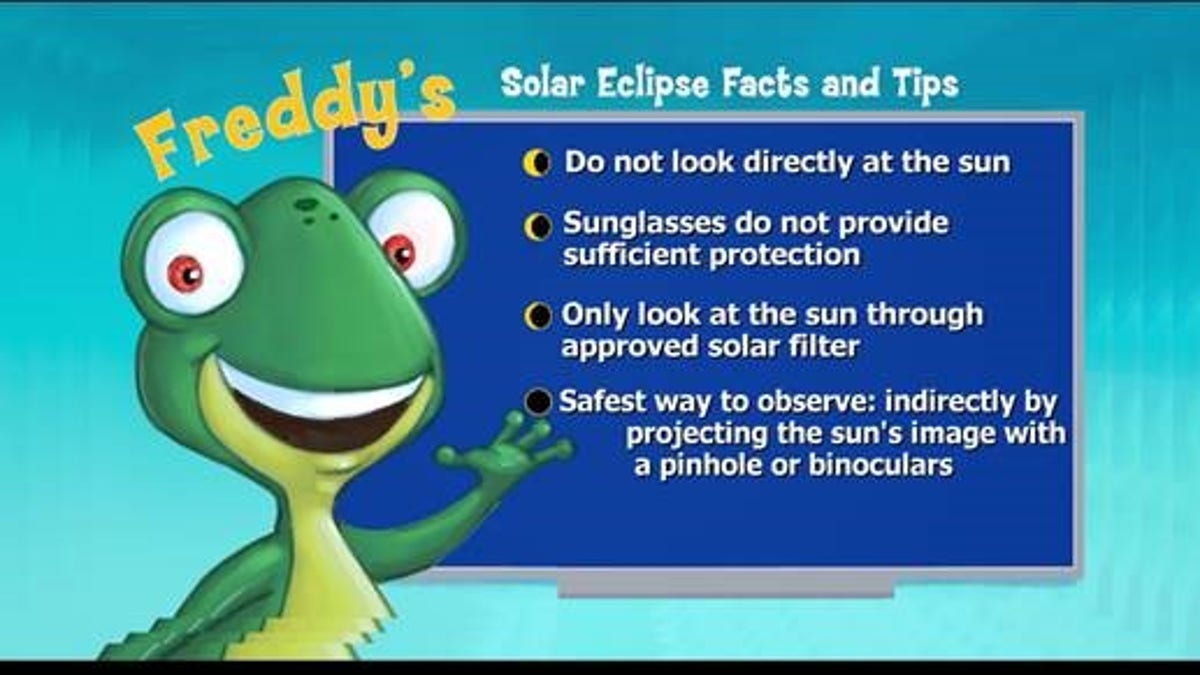
So, prepare yourselves, earthlings for a TOTALLY awesome Great American Solar Eclipse Monday August 21st.
I hope you’ll watch our coverage on "Fox & Friends" live from Greenville, South Carolina.
I may even have a rooster with me to see if he crows after the event happens.
Oh, and if the clouds roll in during the afternoon, and there’s a possibility they could “eclipse” the view, try not to get mad at your TV meteorologist (or the local frogcaster).
It’s not our fault. And there’s always the next total solar eclipse. Mark it on your calendar: April 8, 2024.
